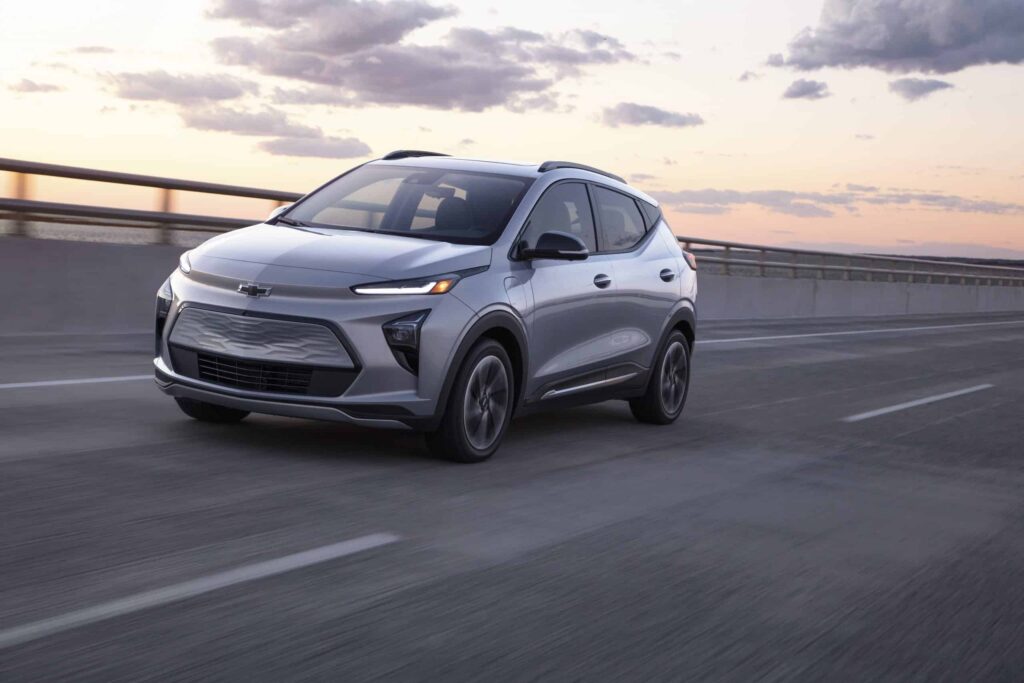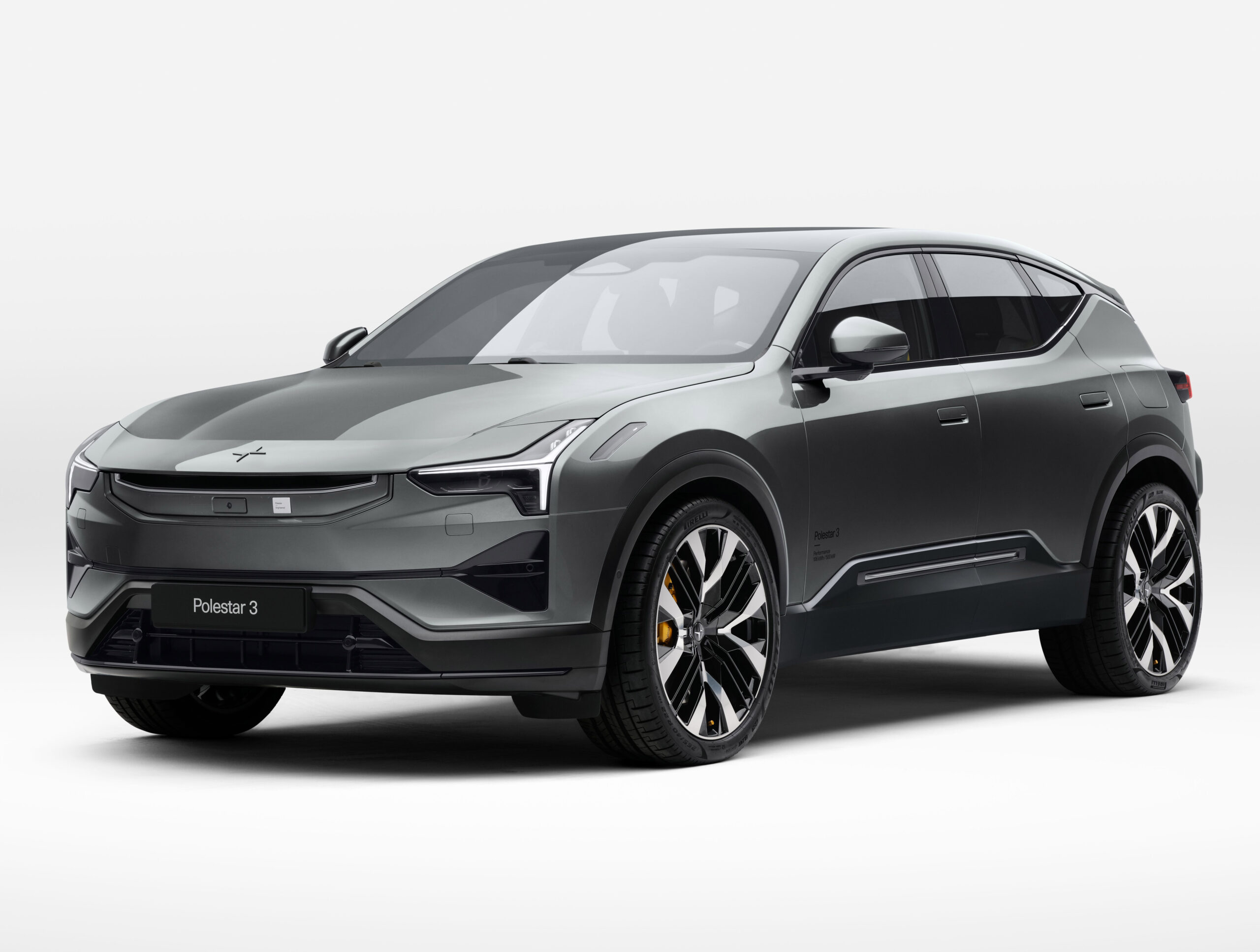


The GMC Hummer will be continuing the theme of the original gas-guzzling Hummer H1, H2 and H3 by earning its place as the least efficient electric vehicle when it goes on sale. At 9,063 pounds, its 212.7 kWh battery weighs 32% of that alone, making it no wonder this gargantuan truck will have to work a little harder to be efficient. The EPA has rated it for 47 MPGe, the lowest of any electric-only vehicle ever produced, resulting in a paltry 329 miles of range. More details on the EPA’s findings and whether or not that matters at its price point over at CarBuzz.

JLR’s infotainment systems have never received much praise, no thanks to laggy and glitchy software. Updates over the years have done a lot to improve the UI and visual character, but the system has never been powerful enough to perform its intended duties smoothly. In an effort to turn that around, Jaguar Land Rover have partnered with Nvidia, the company that has made processors and graphics chips for thousands of computers over the years. The goal? Become a digital powerhouse. See what the two plan on doing in order to create a customer experience befitting of the two brands’ luxury images here.

The Chevrolet Bolt won MotorTrend’s Car of the Year Award in 2017 because it was the first mass-market EV to reach 250 miles of range and did so in an inoffensive package. Chevy even added a new larger variant called thew EUV last year. Unfortunately, that rollout was tainted by a series of major battery fire recalls. Customers were told to stop driving the cars, and dealers were told to stop selling them. This has been going on for the last eight months, but today GM announced that production will finally be resuming in April. Let’s hope they’ve gotten the kinks worked out!

Audi and Mercedes-Benz have pioneered adaptive LED headlight technology in Europe. This enables for a number of cool features such as selective lighting, where the car chooses areas of the road to illuminate or dim based on the situation. The tech can even enable symbols and messages to be projected on the road for navigation purposes, think extended head-up display. Unfortunately, this has not been allowed in U.S.-spec vehicles due to government limitations on vehicle lighting, until now. The passing of President Biden’s infrastructure plan in November 2021 included tweaks to the outdated rule banning adaptive headlights from US roads. Today, the changes are official.



